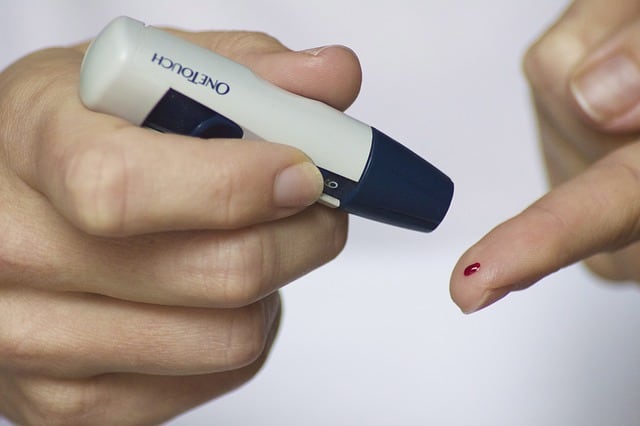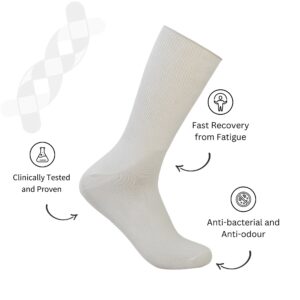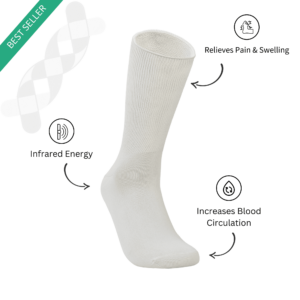Diabetes in The World
Diabetes has taken over the world like a viral fever. The number of diabetics keeps increasing every year at an alarming rate. Studies show that there were around 108 million diabetics in 1980 and by the time it was 2014, the count raised to 422 million. In just 24 years the number of diabetics almost quadrupled! Not only that, we are now seeing diabetes occur frequently among younger individuals since. In 1980, the number of diabetics above 18 years, was 4.7% and in 2014, the number raised to 8.5%. Here are statistical studies on diabetes and how likely it is to spread in the next 15 – 20 years.
Note that diabetes is spreading rapidly among middle to low-income countries. India is often called the diabetes capital of the world. It is shocking to see the rate at which people are contracting diabetes. There are a lot of studies as to why it is spreading at such an alarming rate. We will look into some of the possibilities in the next section.
Diabetes in India
An article published in 2017 by The Lancet, discussed how diabetes has spread among different parts of the nation. It considers the socio-economic status of those who have diabetes. The study reveals that those living in urban areas (11.2%) had a higher number of diabetics than those living in rural India (5.2%). They dig a little deeper and show that those with a lower to middle-class income in urban areas are far more likely to get diabetes. Here is a graph made by Scroll Magazine, that best highlights the number of diabetics in India based on their socio-economic status:

The study above also shows us how the number of diabetics between the age of 25 – 34 is increasing in India than in other parts of the world. This means that diabetes affects a younger and poorer population who cannot pay for the treatment. It is a risky situation because diabetes, especially Type 1 diabetes is managed by insulin, and lifestyle changes that may be very expensive.
Why Is Diabetes So Rampant?
We do not know the exact reason for a sudden increase in diabetes but the change in our lifestyle and diet may be the reason for the illness to run so rampant among us. Earlier, a middle-class employee may have walked or cycled to work but can now afford a scooter. Our nature of work has also changed quite significantly. The IT and online department has provided a lot of scope for work and though this is good from an economic point of view, it does reduce movement and activity.
The sudden availability of fast food has changed our diet. We eat the food we aren’t accustomed to digesting. Salad dressing, spreads and fast food contains a high amount of trans-fat and since our body is not accustomed to it, it deposits in our body as fats that may later lead to diabetes.
Other studies also state that diabetes is common in developing countries because of certain deficiencies during infancy. This may happen if a mother does not have access to healthy nutritional food at the time of her pregnancy and their child grows up with access to fast food or products with trans-fat and sugars. This study has a lot of scope for development however, it does explain why developing countries, and those from the middle to low socioeconomic backgrounds, are most affected by diabetes.
How Can We Curb Our Chances of Getting Diabetes?
The government from different parts of the world is taking the initiative to reduce diabetes. In Kerala for instance, the state government has imposed fat taxes on food that contains trans-fat much like the sugar taxes imposed in America. Though these are thoughtful initiatives, the will to live a healthy lifestyle comes from within.
If you work in front of the computer, try to get at least thirty minutes of walking time every day. You don’t have to join a gym or workout rigorously as long as you eat healthily and keep your hands and legs busy. Look for reasons to walk to the grocery store or around your complex. Cut down on fast food as much as you can. There is nothing wrong with an occasional treat but nothing can beat the health benefits you get from rooti and sabji.
With home deliveries, unhealthy packaged food, a shift in entertainment (having everything on our phone), we are pushing ourselves towards a sedentary lifestyle which becomes a breeding ground for diabetes. The only way to keep diabetes away from us is to make healthier choices and live active lives.




























